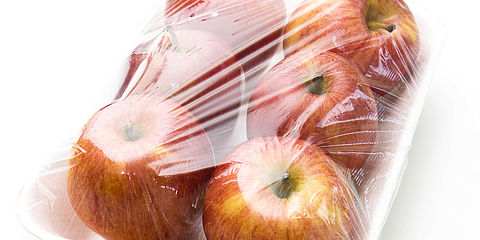Select your country and language
Food contact materials made of glass/ceramics/enamel
Complex legal regulations apply to items made of glass, ceramic or enamel that come into contact with food, e.g. glasses, cups or bowls.

Directive 84/500/EEC regulates food contact materials made of ceramic throughout the EU, including the limit values for cadmium and lead. Further specifications for glass and the limit values adopted from the EU Directive are set down in DIN 51032. Limit values in this product group are dependent on their characteristics, i.e. fillable or flat, for instance. The migration of lead and cadmium is regulated also for the brim of cups and glasses. Colouring metal compounds also play a role in the assessment. In addition to the limit values for the migration of lead and cadmium in glass and ceramic, enamelled glass and ceramic products were also regulated in DIN 51032. Our experts compile the scope of testing specified for your product on the basis of these regulations:
Summary of regulations:
- Directive 84/500/EEC regulates food-contact ceramics throughout the EU, and thus also the limit values for cadmium and lead.
- For glass, further regulations and limit values from the EU directive are contained in DIN 51032. In this product group, the limit values depend, for example, on the way they can be filled or their shape (flat). In addition, metallic colouring compounds also play a role in the assessment.
- DIN 51032 also regulates glazed ceramic and glass products.
You can find out more about the relevant regulations on our dedicated page.
On the basis of these regulations, our experts define the scope of the prescribed tests for your product.
Analysis and consulting - our range of services:
- Consulting for compiling the tests for each article
- Metal migration: lead and cadmium
- Sensory testing
- Risk-based SVHC screening
Your contact for analysis and consulting for food contact materials
- Rémy Reboullet
- +33 06 28 05 60 80
- remy.reboullet@wessling.fr



